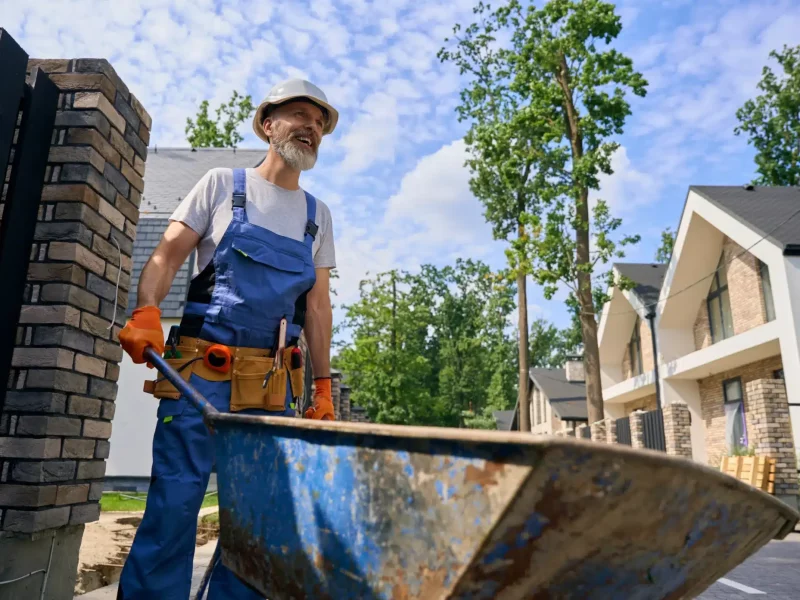Aspiring to become a photogrammetrist? Landing this exciting role requires acing the interview. To help you prepare, we’ve compiled the top photogrammetrist interview questions, along with sample answers and expert tips.
Understanding the Role:
Photogrammetrists are spatial data specialists who use aerial and terrestrial imagery to create accurate 3D models of objects and landscapes. This role requires a blend of technical skills, analytical thinking, and problem-solving abilities.
Crafting Winning Answers
- Highlight Your Skills: Emphasize your proficiency in photogrammetry software, data processing techniques, and 3D modeling tools.
- Showcase Your Experience: Share relevant projects you’ve worked on, demonstrating your ability to apply photogrammetry principles to real-world scenarios.
- Demonstrate Your Problem-Solving Skills: Discuss how you’ve tackled challenges in previous projects, showcasing your ability to think critically and find solutions.
- Express Your Passion for the Field: Conveying your genuine interest in photogrammetry and its applications will make you stand out.
Top 5 Photogrammetrist Interview Questions
1. What is photogrammetry, and how does it work?
Sample Answer
“Photogrammetry is the science of creating 3D models from photographs. It involves capturing images of an object or area from multiple angles, then using specialized software to process these images and extract 3D measurements and coordinates This data is then used to generate a precise 3D model.”
2. What are some of the different types of photogrammetry?
Sample Answer:
“There are two main types of photogrammetry: aerial and terrestrial. Aerial photogrammetry uses images captured from aircraft or drones, while terrestrial photogrammetry uses images captured from ground-based cameras. Additionally, close-range photogrammetry focuses on capturing small objects in detail, while large-scale photogrammetry is used for capturing vast landscapes.”
3. What are some of the challenges you’ve faced in your previous photogrammetry projects?.
Sample Answer:
“One of the biggest challenges I’ve faced was dealing with poor lighting conditions in some of the images. This required me to adjust the processing parameters to extract accurate measurements. Additionally, I’ve encountered challenges with overlapping images and ensuring proper alignment during the 3D model creation process.”
4. What are some of the applications of photogrammetry?
Sample Answer:
“Photogrammetry has a wide range of applications across various industries. It’s used in surveying and mapping, creating 3D models for architecture and engineering projects, generating virtual tours for real estate, and even in cultural heritage preservation for documenting historical sites.”
5. What are your career aspirations as a photogrammetrist?
Sample Answer:
“I’m passionate about using photogrammetry to create accurate and detailed 3D models that can be used for various purposes. I’m particularly interested in exploring its applications in environmental monitoring, where it can be used to track changes in landscapes and ecosystems. I’m also eager to learn about new advancements in the field and contribute to its development.”
Remember: Practice your answers, stay confident, and showcase your enthusiasm for the role. By following these tips and utilizing the provided sample answers, you’ll be well-equipped to impress the interviewer and land your dream job as a photogrammetrist.
How do you handle large datasets in remote sensing applications?
When working with big datasets in remote sensing applications, there are a number of ways to make sure that the data is processed quickly and correctly. First, it is important to ensure that the data is properly organized and formatted. This means making sure the data is in the right format for the job, like GeoTIFF or HDF, and that it is organized and labeled correctly. This will help to ensure that the data can be easily accessed and manipulated. Second, it is important to use the most efficient data processing techniques available. This includes using parallel processing techniques, such as MapReduce, to process large datasets in a distributed manner. To make sure the data is processed quickly and correctly, it is also important to use the best algorithms and data structures that are out there. Third, it is important to use the most efficient storage solutions available. This includes using cloud storage solutions, such as Amazon S3, to store large datasets. To make sure the data is stored in a spread out way, it is also important to use distributed file systems like Hadoop. Finally, it is important to use the most efficient visualization techniques available. This includes using interactive web-based visualization tools, such as Leaflet, to visualize large datasets. Another important thing is to use the fastest ways to analyze data, like machine learning algorithms, to make sure that the data is analyzed correctly and quickly. By following these strategies, it is possible to efficiently and accurately process large datasets in remote sensing applications.
What methods do you use to optimize the performance of remote sensing applications?
When optimizing the performance of remote sensing applications, I use a variety of methods. First, I ensure that the application is designed to be as efficient as possible. This means using the fastest algorithms and data structures, processing as little data as possible, and making the code as fast as possible. Second, I use parallel computing techniques to take advantage of multiple processors or cores. This lets me divide the processing tasks into smaller pieces and run them at the same time, which can make the task much faster. Third, I use distributed computing techniques to take advantage of multiple computers. This lets me split the work between several computers, which can make the task much faster. Fourth, I use cloud computing to take advantage of the scalability and flexibility of the cloud. In this way, I can quickly increase or decrease the processing power as needed, which can make the task much faster. Last but not least, I use caching to store data that I use often in memory. This can make it much faster to access the data. I can improve the performance of remote sensing applications and make sure they are running as efficiently as possible by using these methods.
